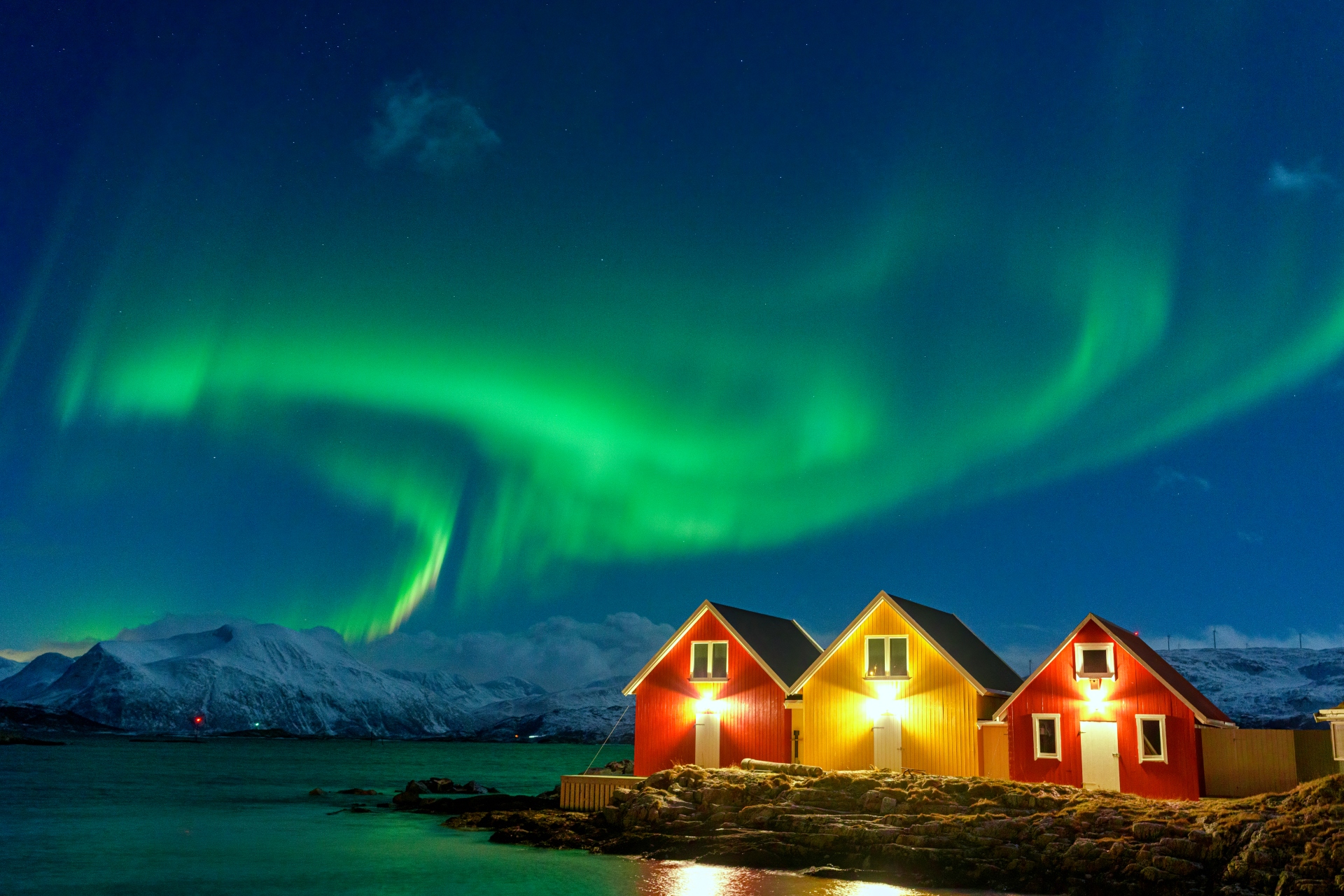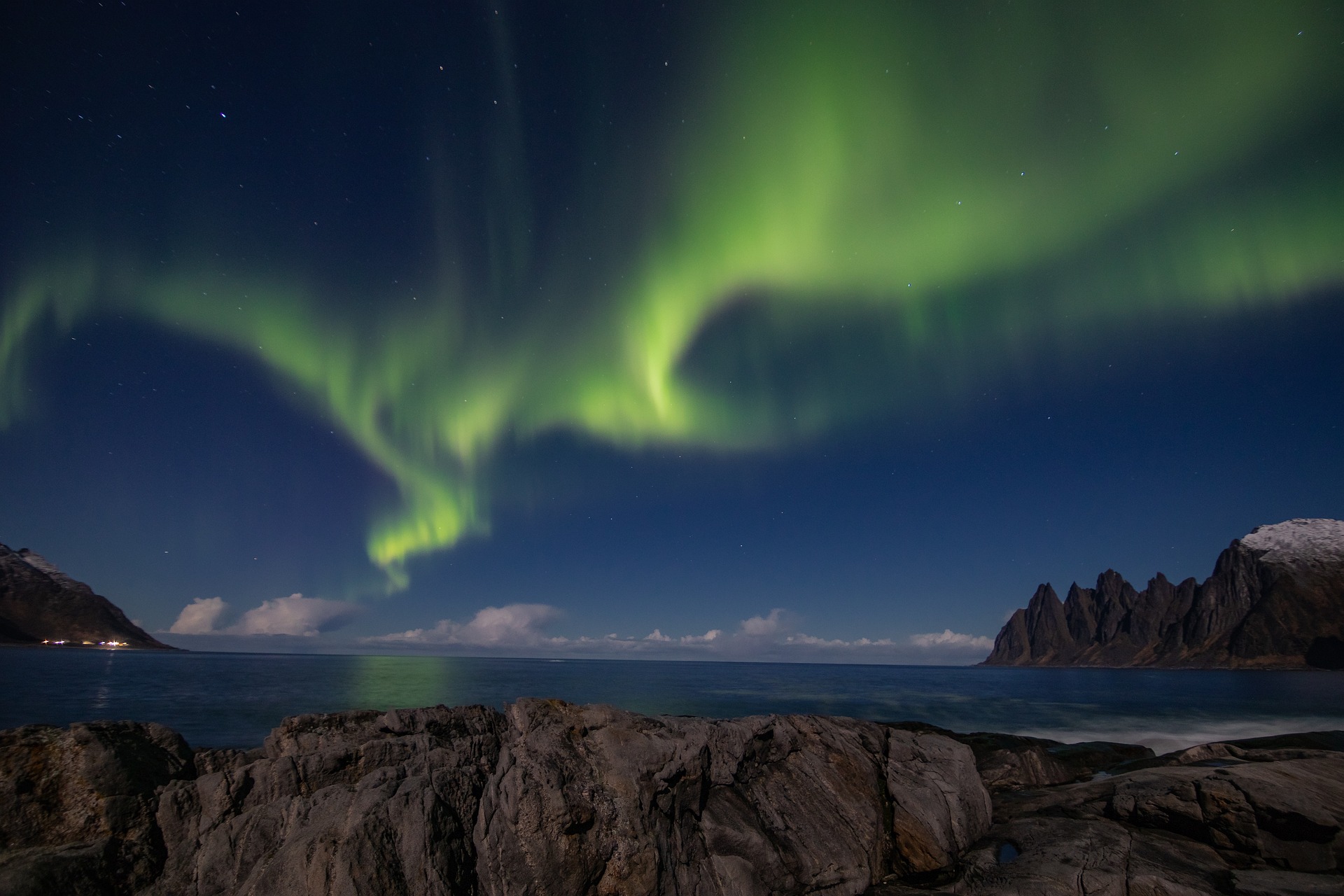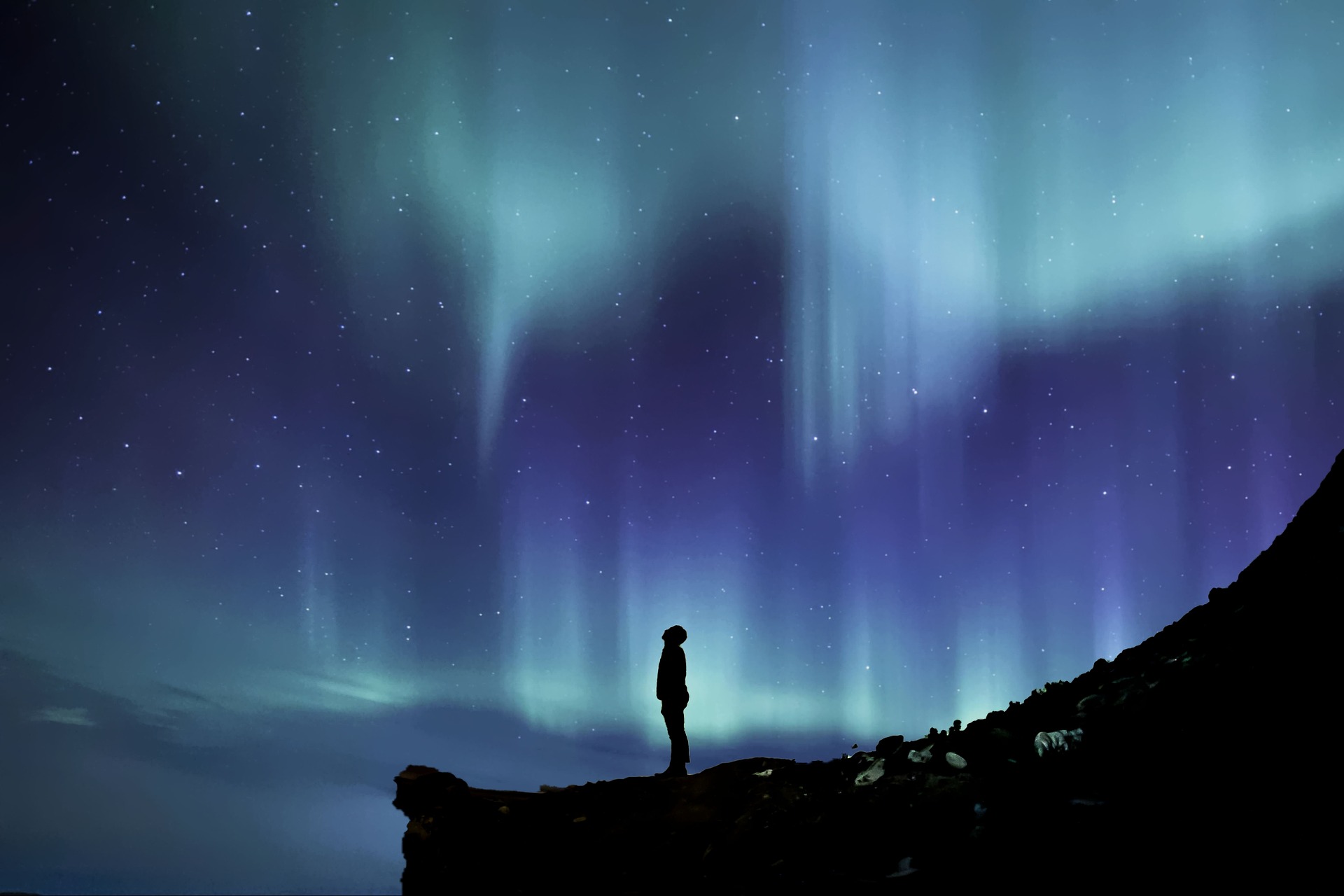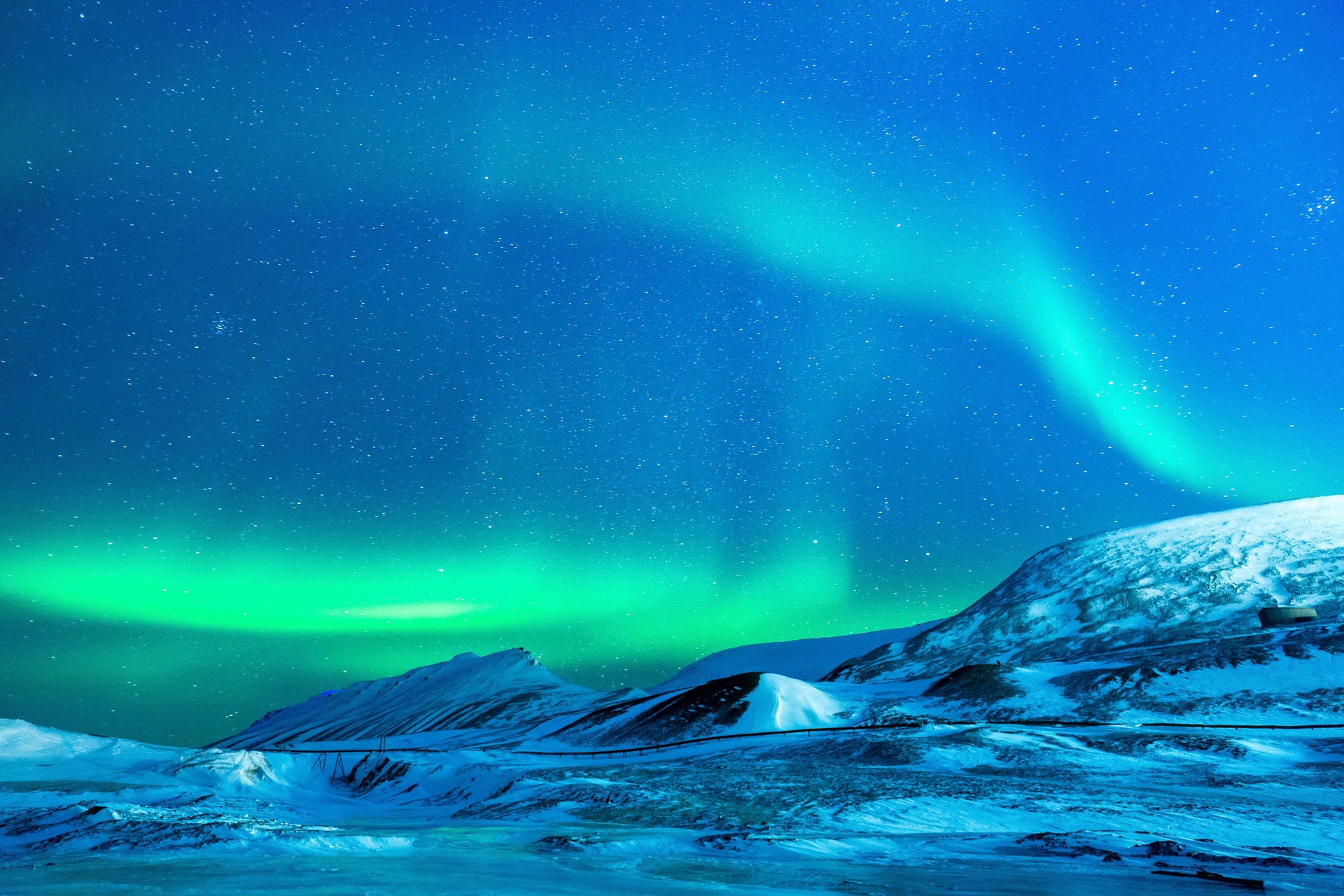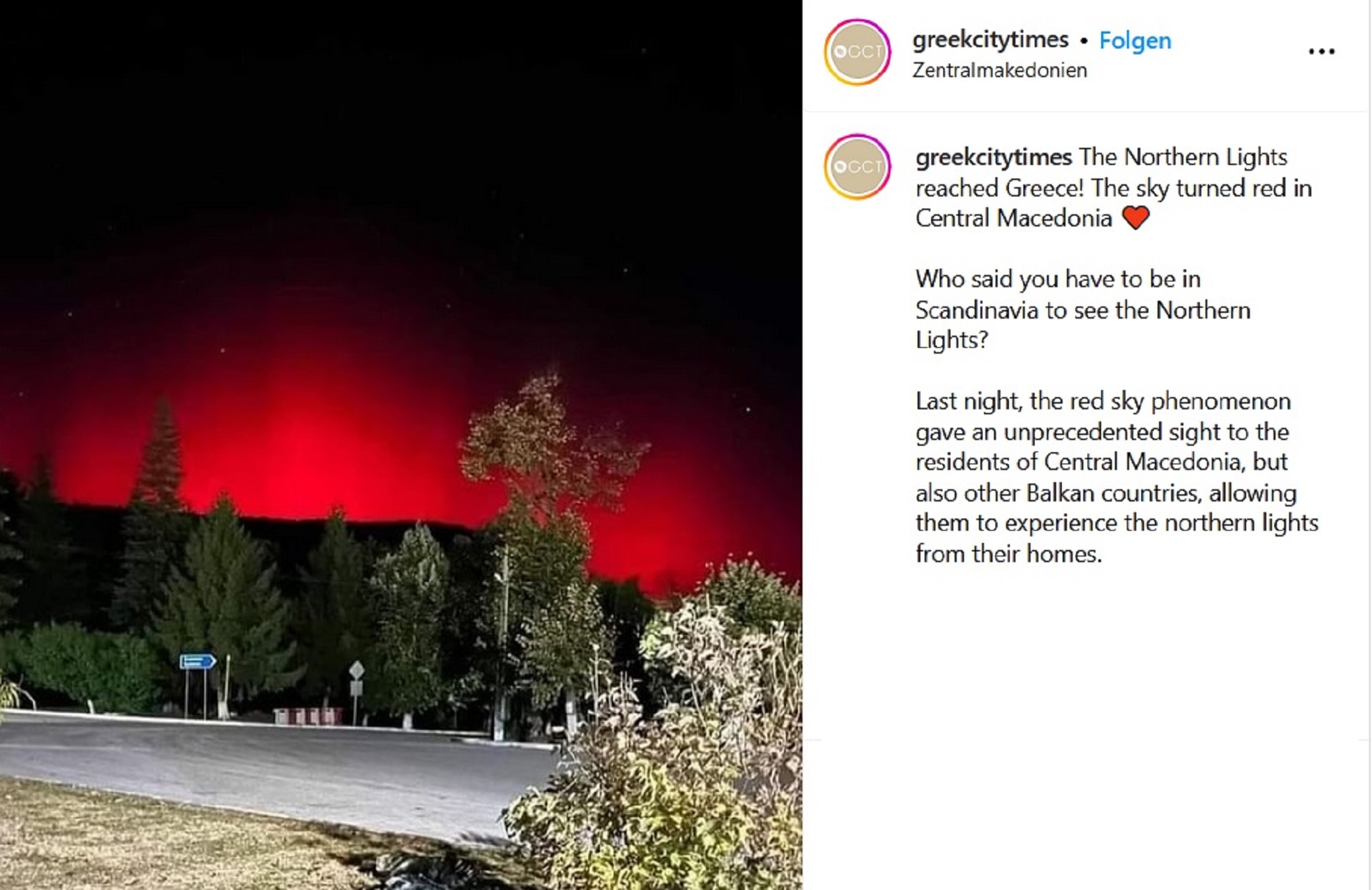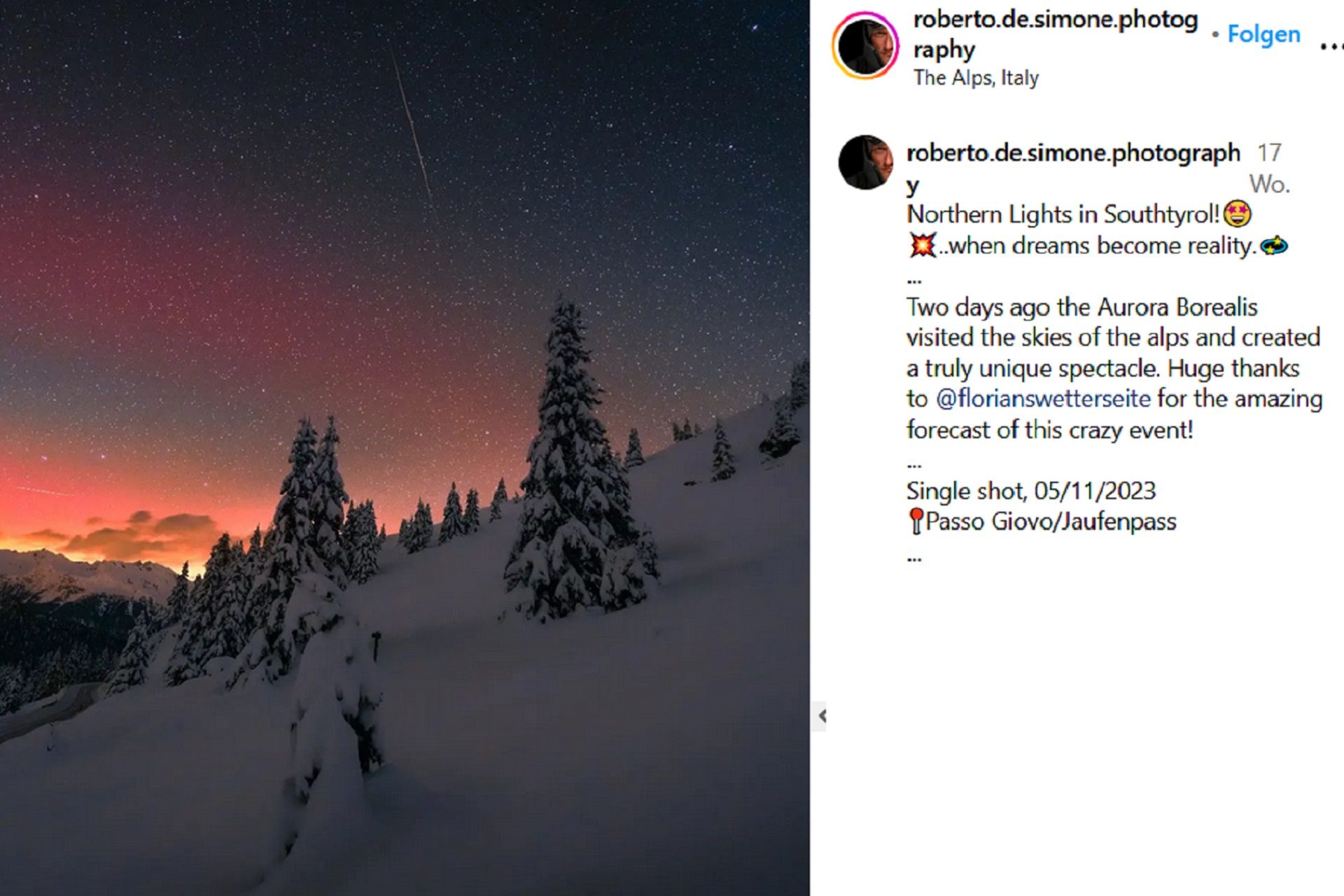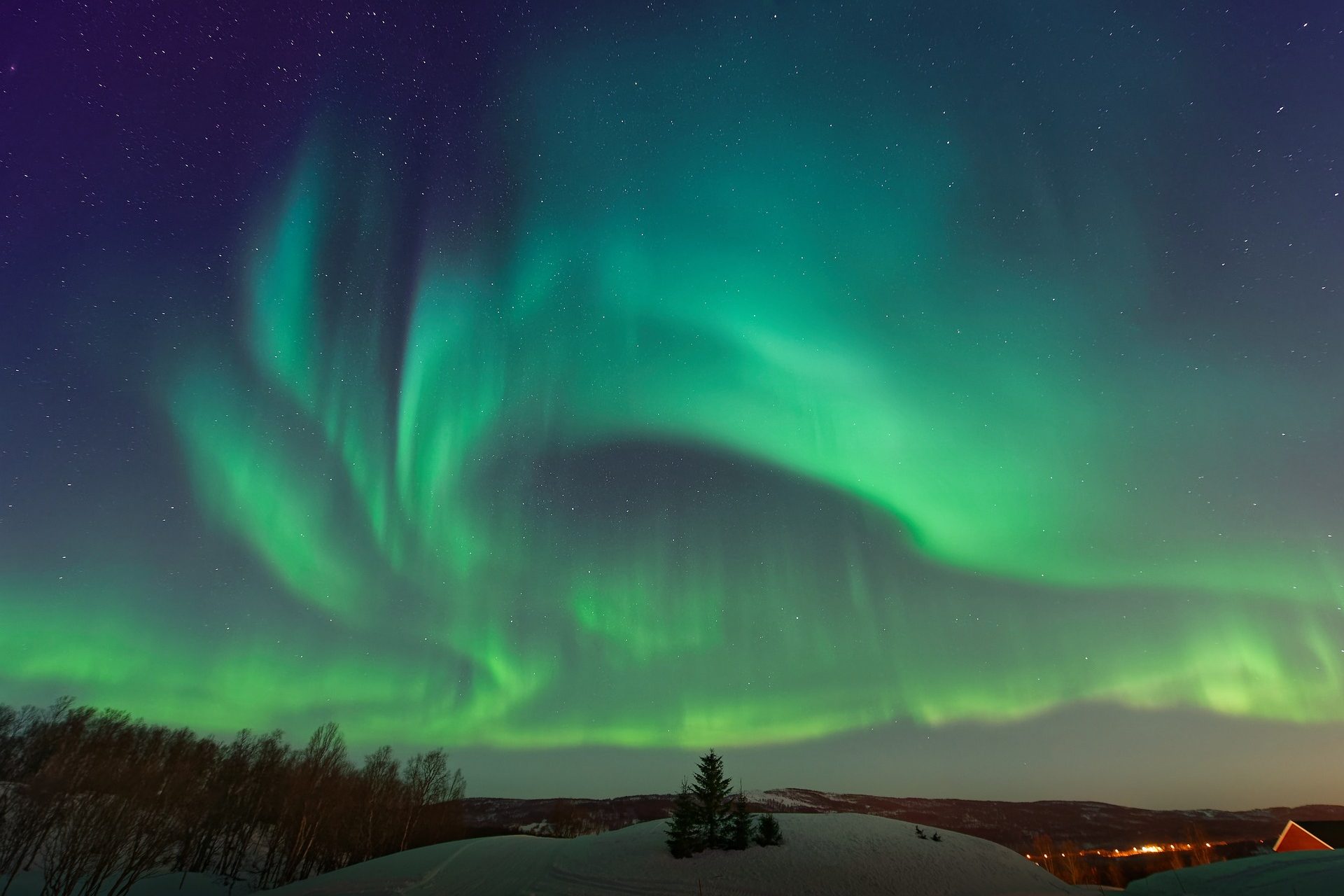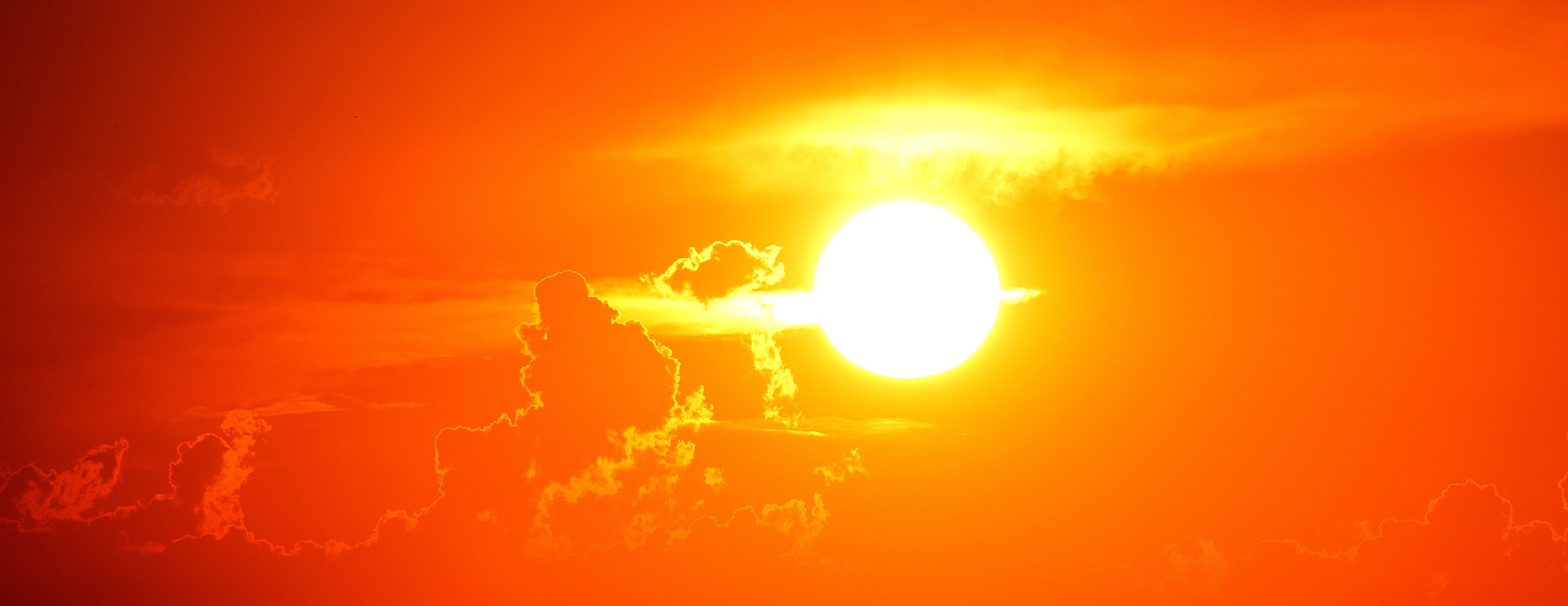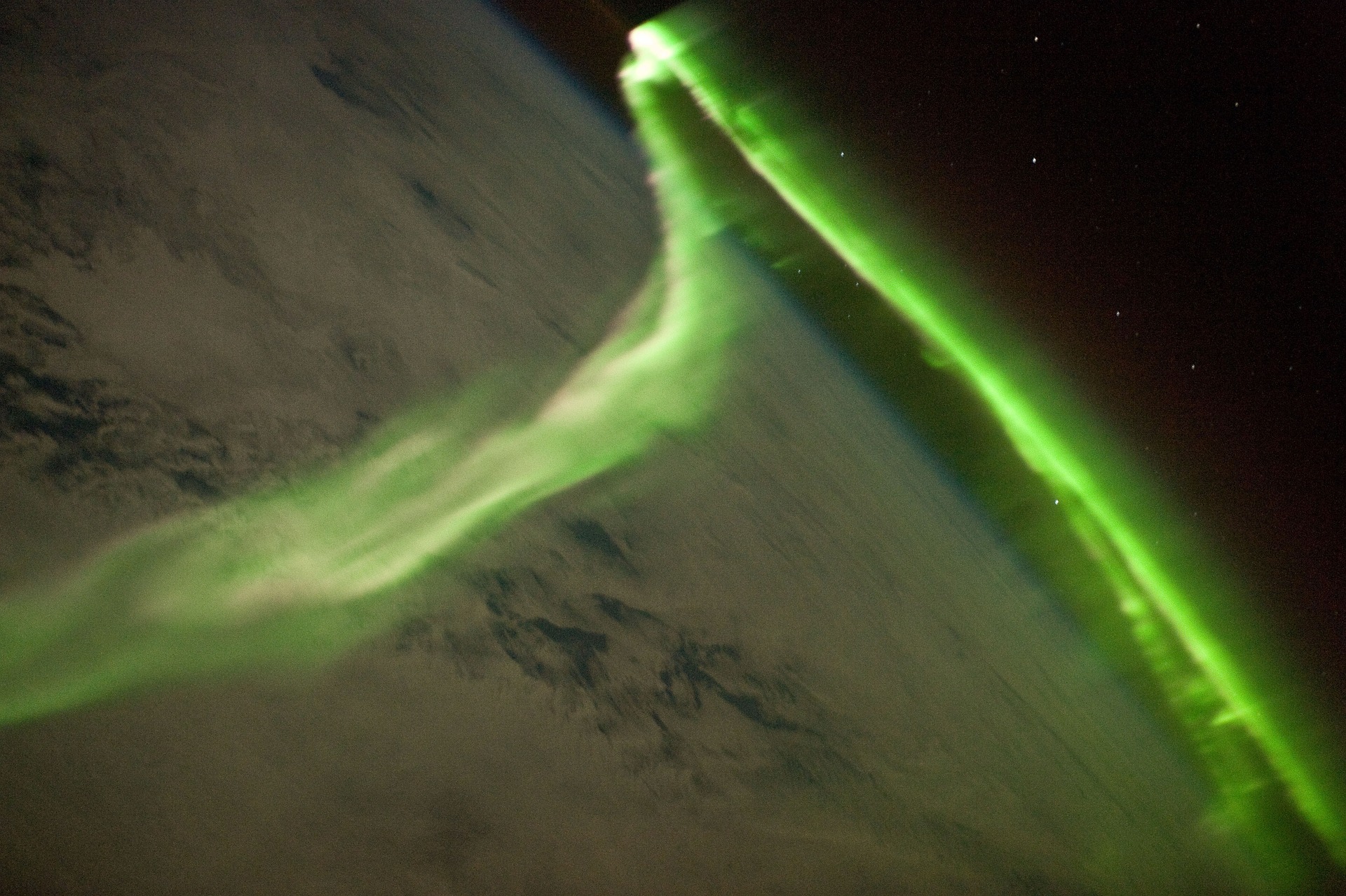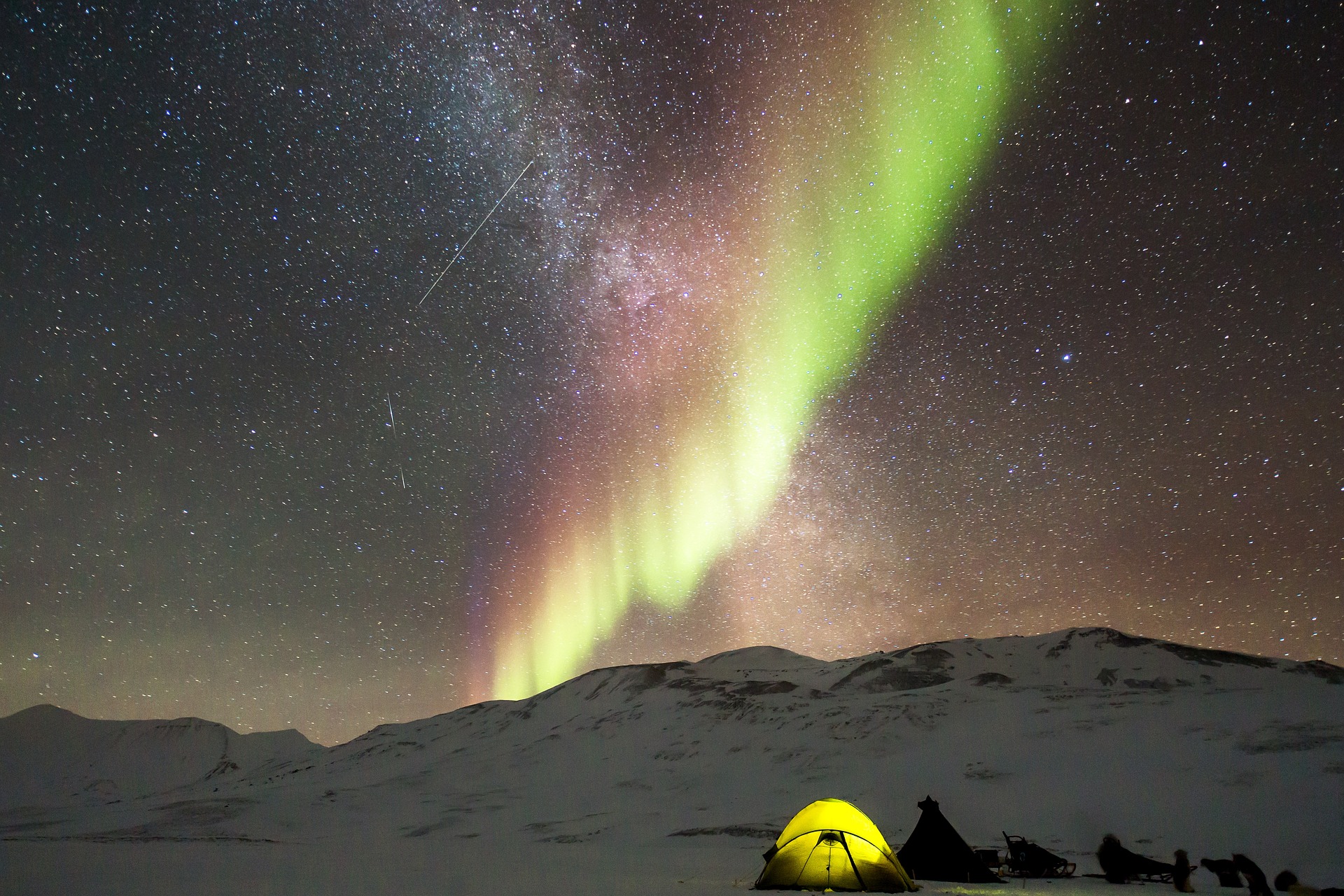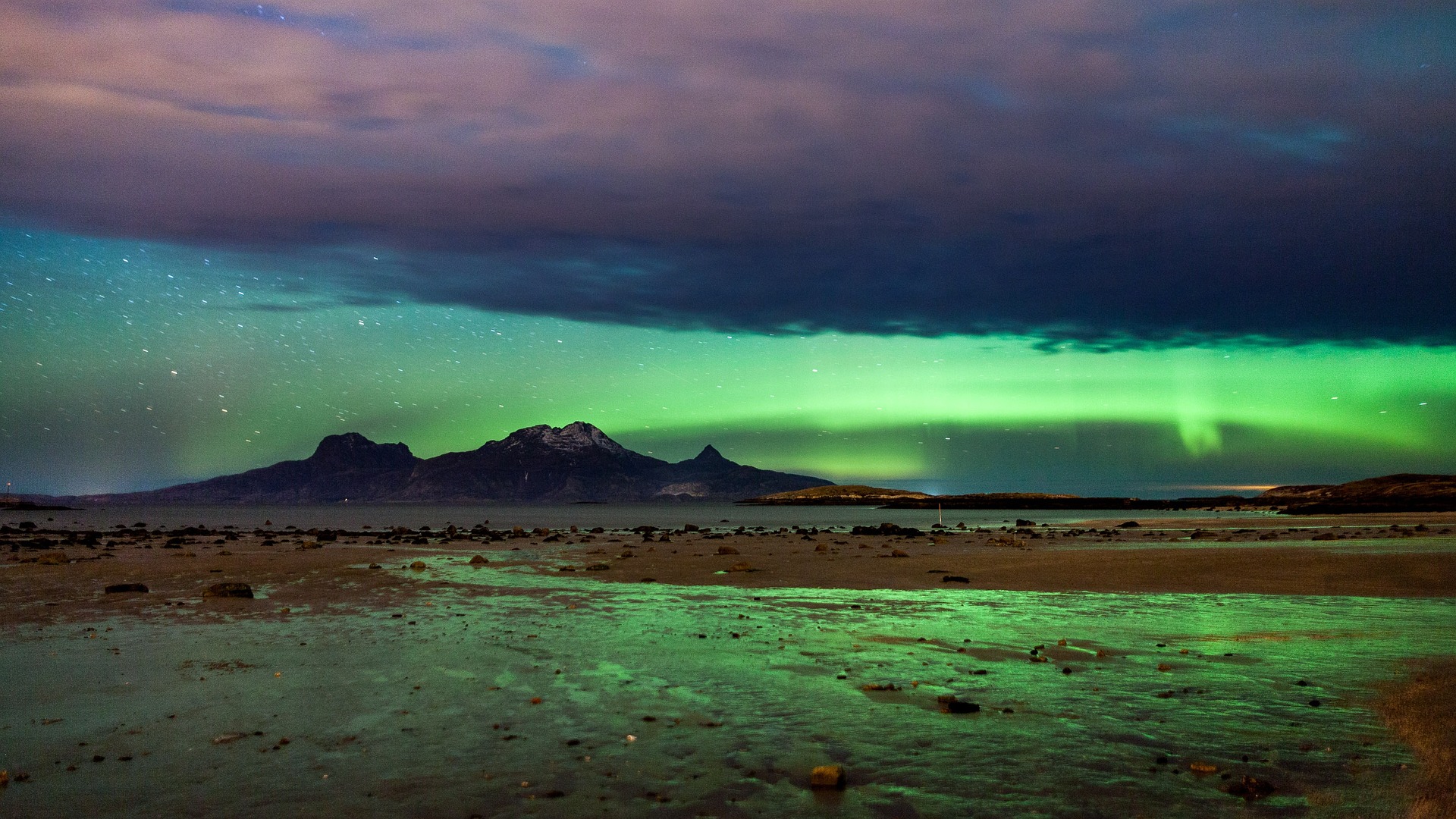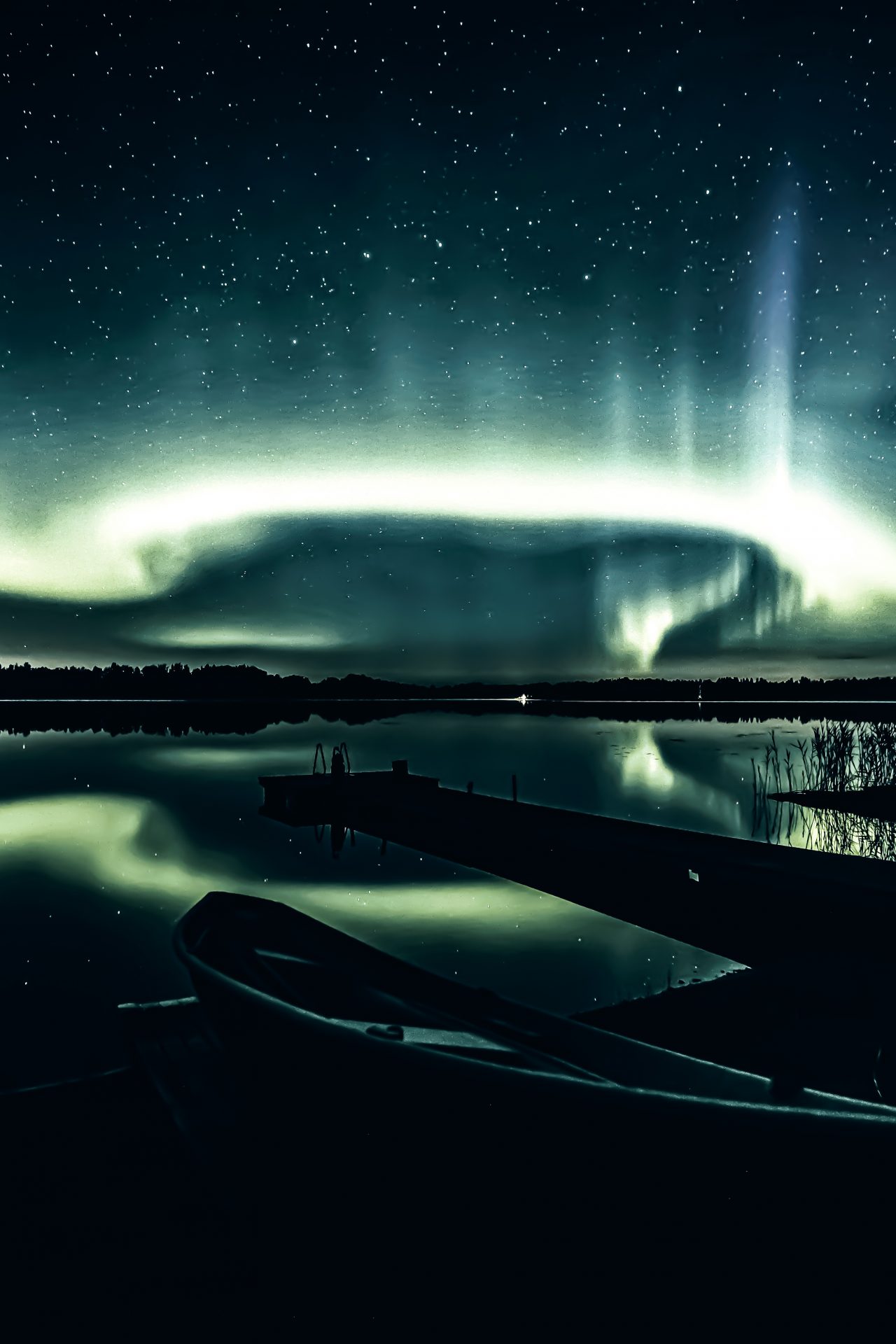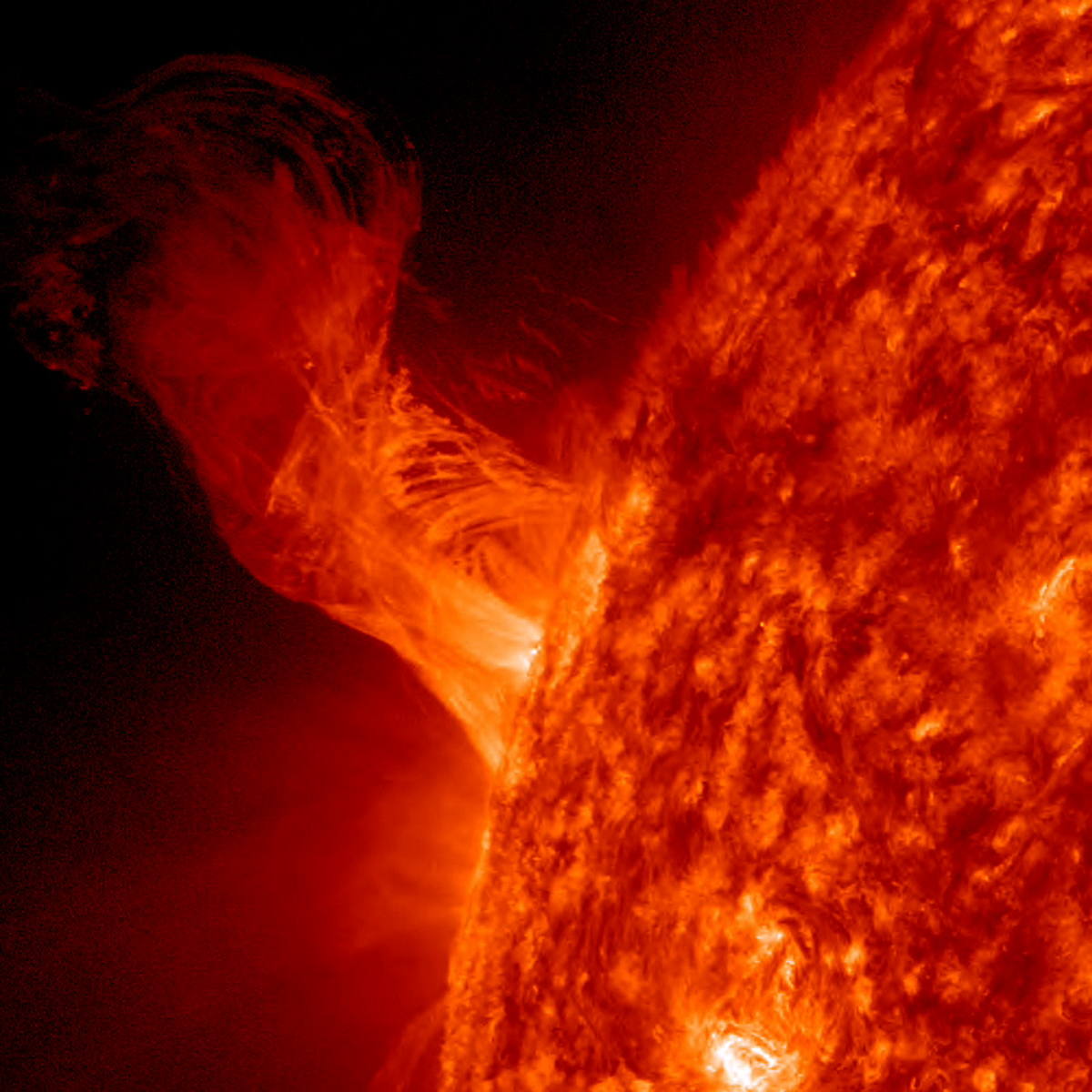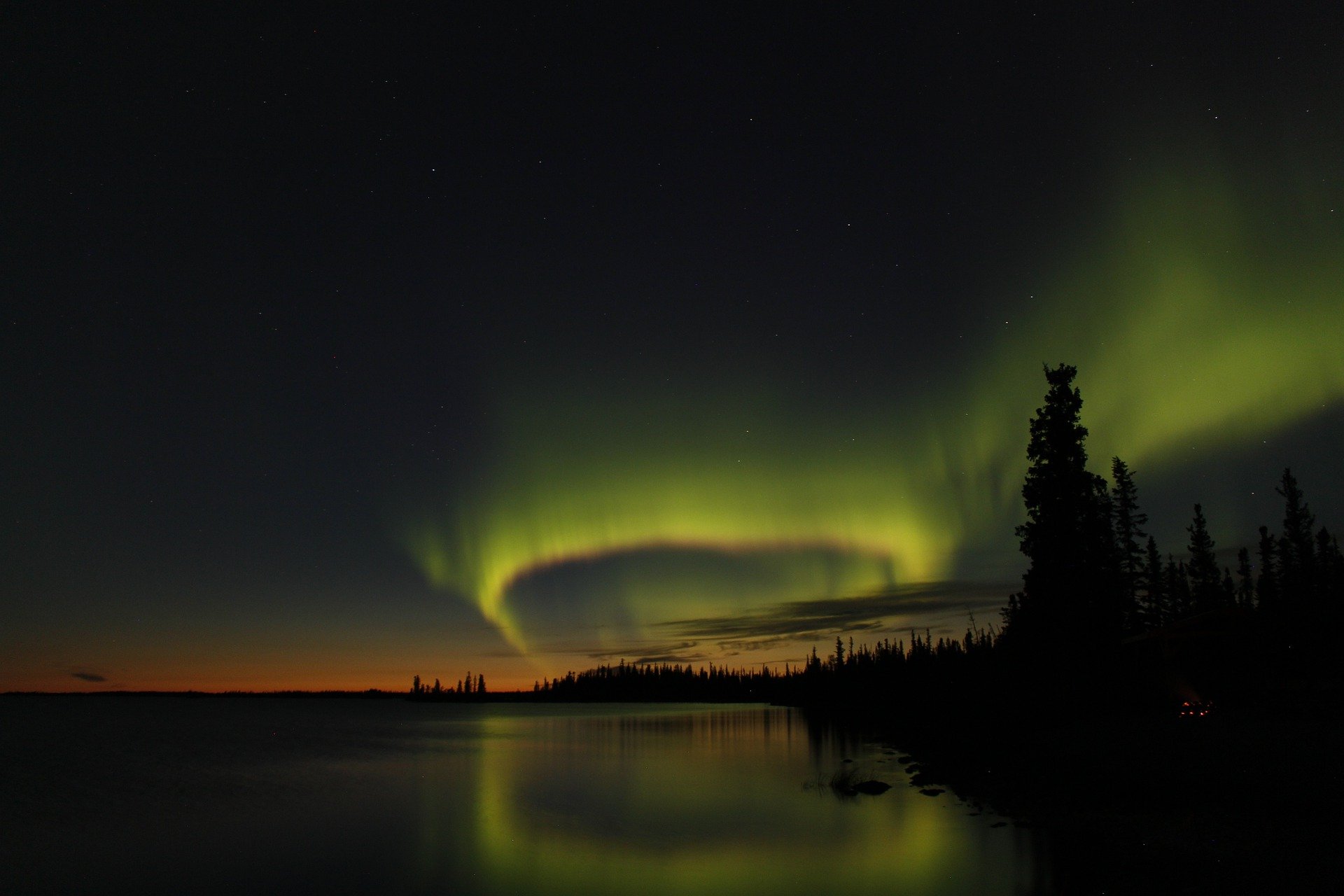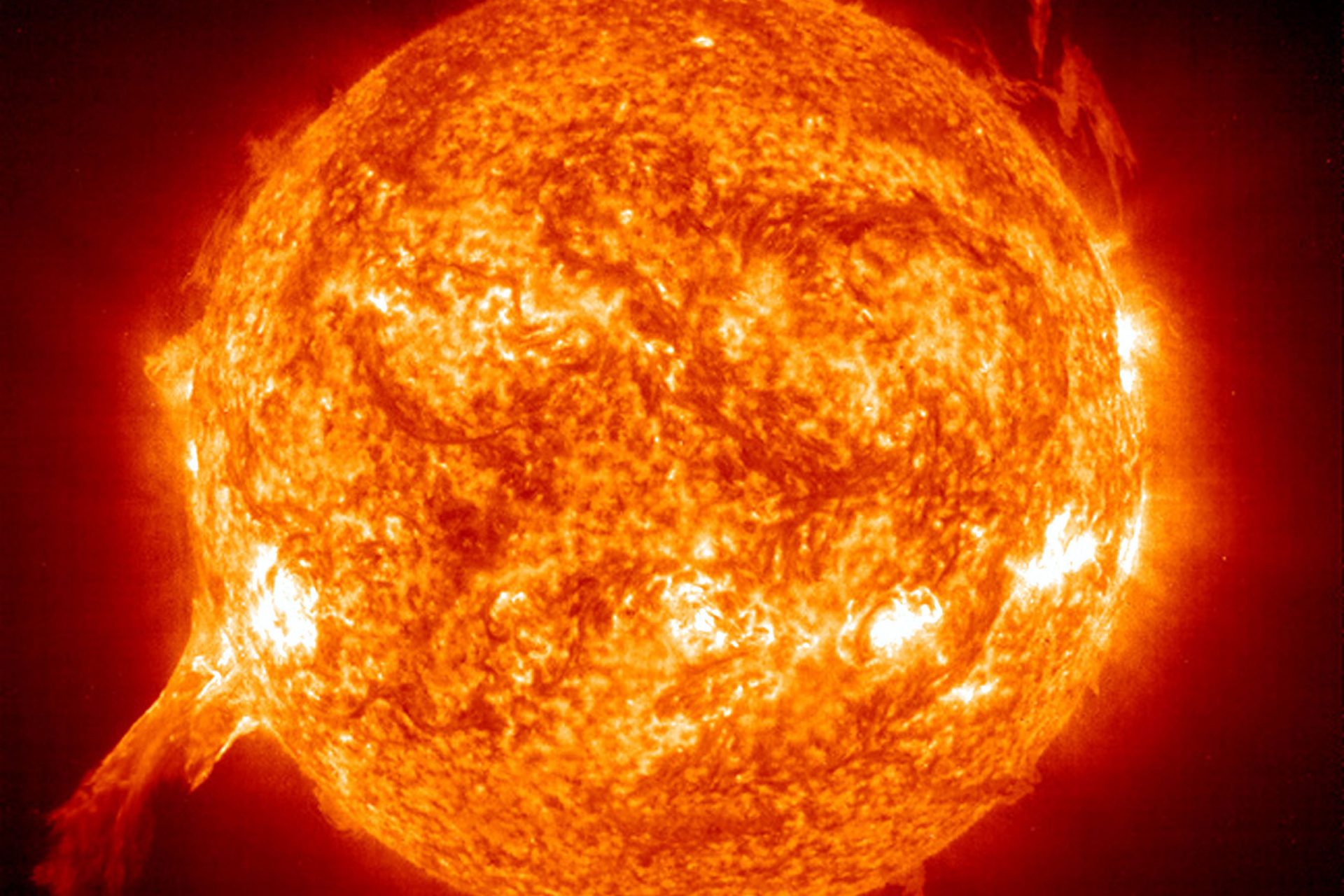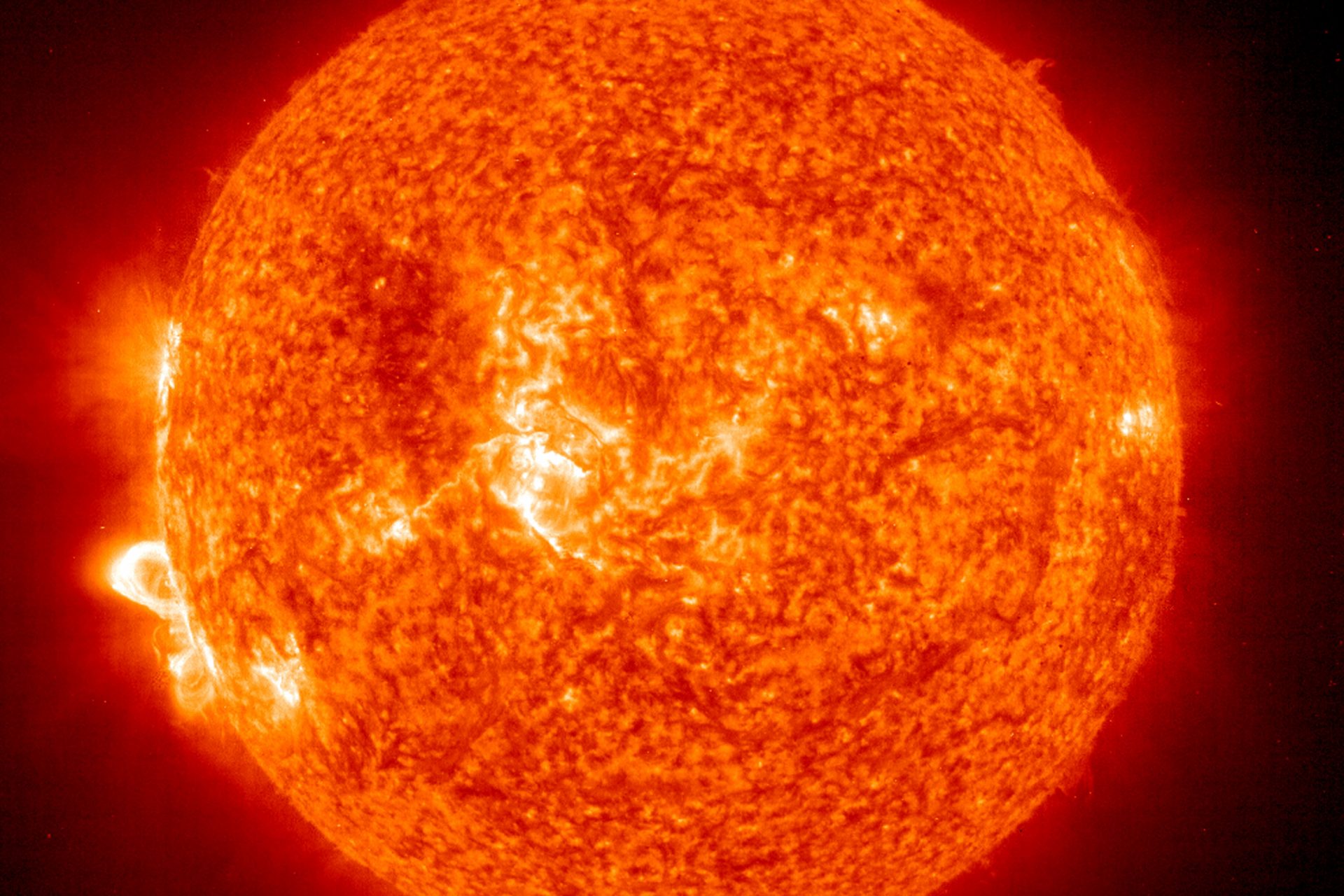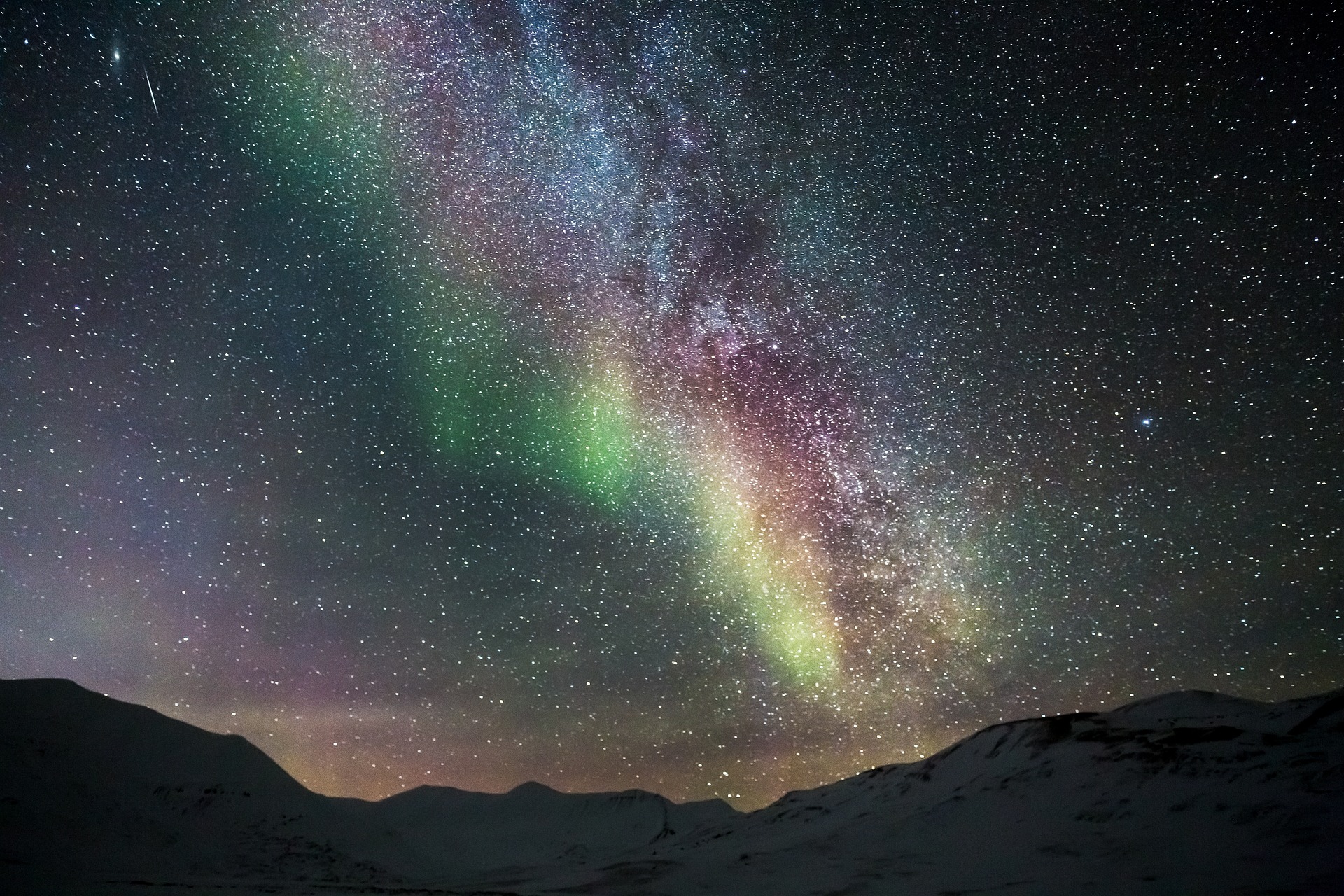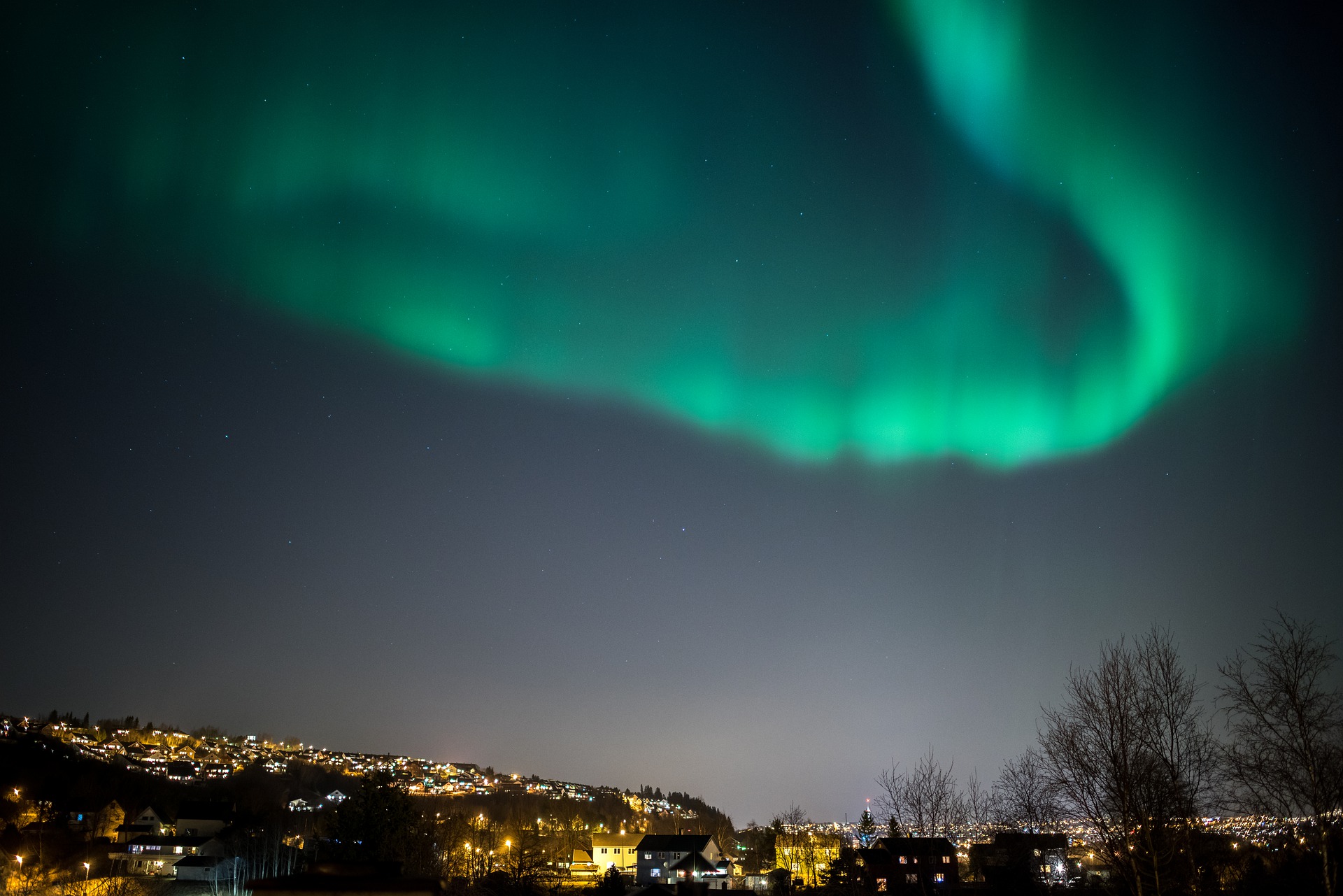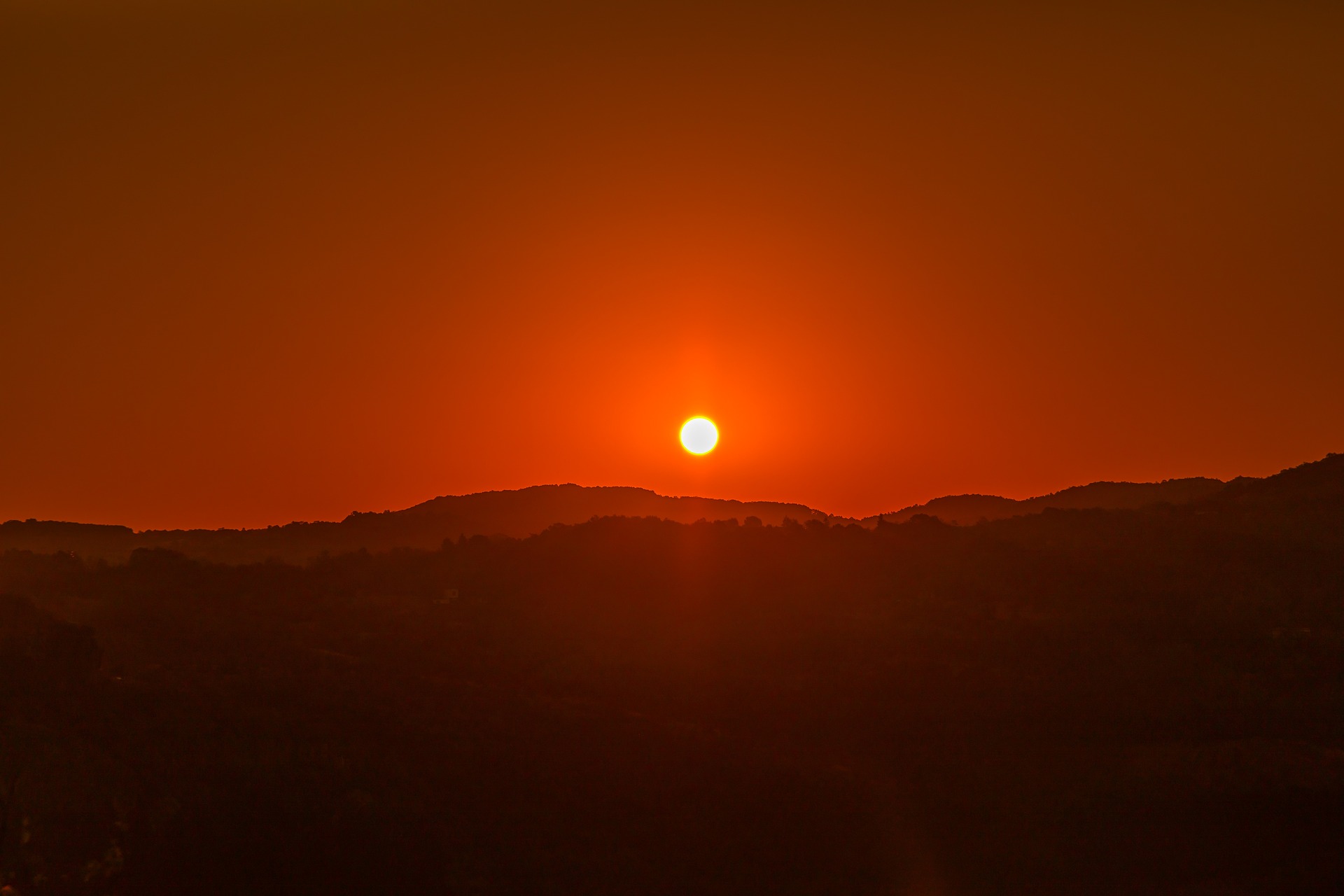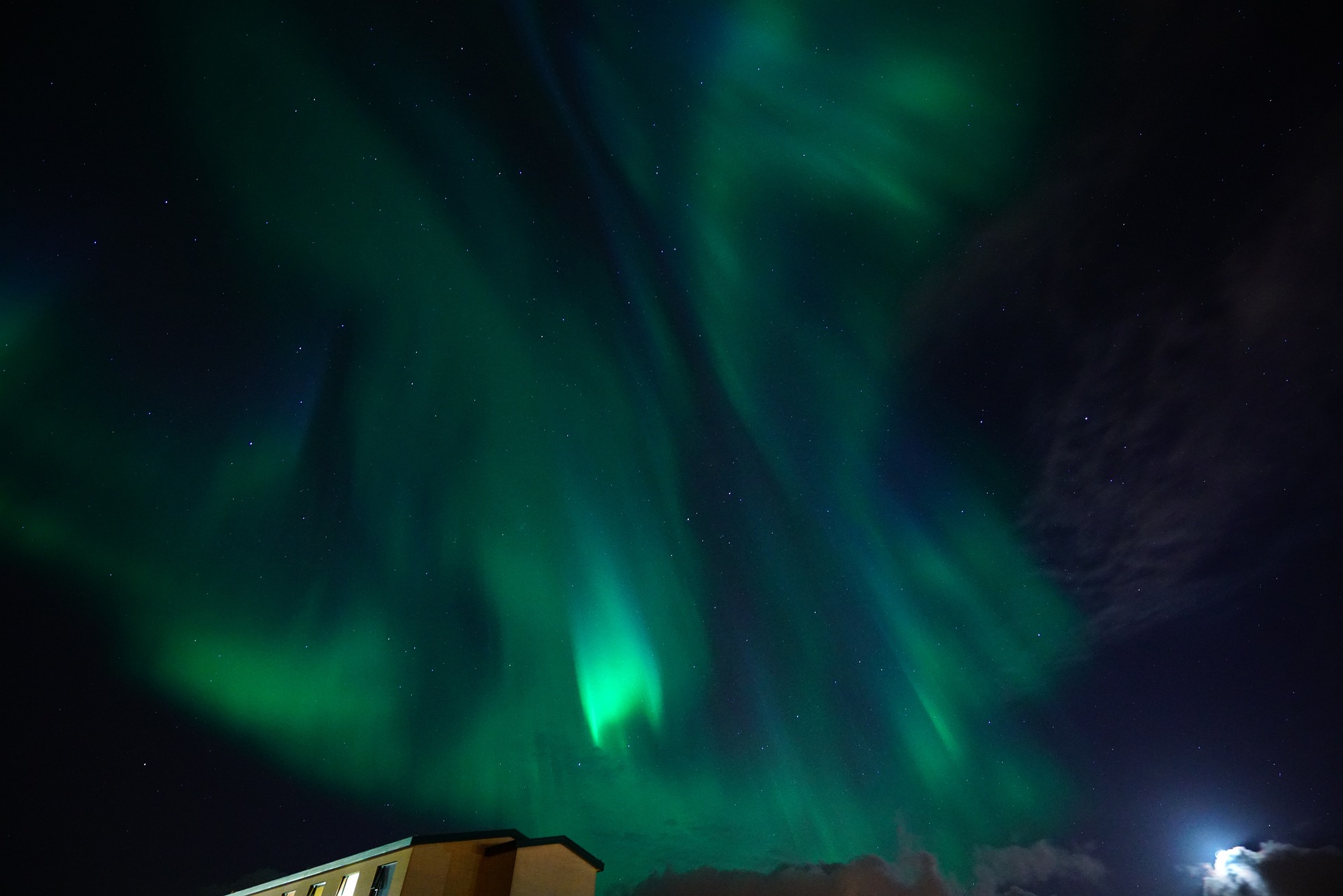Have you always wanted to see the Northern Lights? Then 2024 is your year!
Has seeing the Northern Lights been on your wish list for a long time? Then 2024 could be THE year for you! Because this year this spectacular natural phenomena are more visible than they have been in a long time...
The 'aurora borealis', as they are scientifically called, have not been as strong in the past decade as they will be in 2024, according to Euronews.
Photo: Pixabay / KevinSchmid
Plus, they're getting much closer this year...
Photo: Pixabay / TheDigitalArtist
Normally places like Iceland or Norway are known for their appeal to Northern Lights fans. But this year we don't even have to travel that far.
Photo: Pixabay / Noel_Bauza
The celestial phenomenon will be visible in 2024 even in southern Europe. This was already the case in November 2023...
Photo: Instagram, @greekcitytimes
Euronews reported that fuchsia and magenta northern lights could be seen from southern England to Slovenia in November.
Photo: Instagram, @roberto.de.simone.photography
But how do the aurora actually form and why can they be seen further south this year?
Photo: Pixabay / Waschdel
Polar lights are formed by the interaction of solar particles, the so-called solar wind, with the Earth's atmosphere.
Photo: Pixabay / Alexas_Fotos
Their colors can range from green to magenta. According to the Met Office, the United Kingdom's national weather and climate agency, the color depends on which gas molecules hit where in the atmosphere.
Photo: Pixabay/WikiImages
Depending on this, energy is released in different wavelengths of light. According to Euronews, an oxygen molecule struck about 100 kilometers above the ground emits green light, while at 160 to 230 kilometers it emits red light.
Photo: Pixabay / Noel_Bauza
On the other hand, when a nitrogen molecule is hit, the sky glows blue – and the higher the particle is in the atmosphere, the more purple the spectacle becomes.
Photo: Pixabay / ColiN00B
Normally, solar particles are guided to our poles by the Earth's magnetic field. Therefore, aurora can usually only be seen in these regions.
Photo: Pixabay / Photo-View
The aurora are visible in a band, or ring shape that has a diameter of about 3,000 kilometers.
Photo: Pixabay / AJS1
However, this ring, which is normally centered around Earth's poles, can expand due to solar flares.
This 'Cronale Mass Ejection' causes the ring to expand, allowing the aurora to reach regions at lower latitudes.
Photo: Pixabay / brigachtal
That is the case this year, because the sun is more active. This has to do with the solar cycle: every 11 years there is a reversal of the sun's magnetic field.
This is not a cause for concern, but it does lead to an increase in sunspots. These in turn are considered a "measure of the sun's activity", according to Euronews.
The reversal of the sun's magnetic field will peak in 2024 or 2025, making this year perfect for aurora viewing.
Photo: Pixabay / Noel_Bauza
Furthermore, the auroras are not only visible at lower latitudes, they are also brighter!
Photo: Pixabay / BjoKib
By the way, the best chance to see beautiful polar lights is on the days of the equinox (also known as the equinox) in spring and autumn.
Photo: Pixabay/ivaylost
In the spring this takes place on March 20 and in the fall on September 22. This special sky phenomenon of the polar lights, which will be at its peak this year, is definitely not to be missed!
Photo: Pixabay / Hans
More for you
Top Stories



